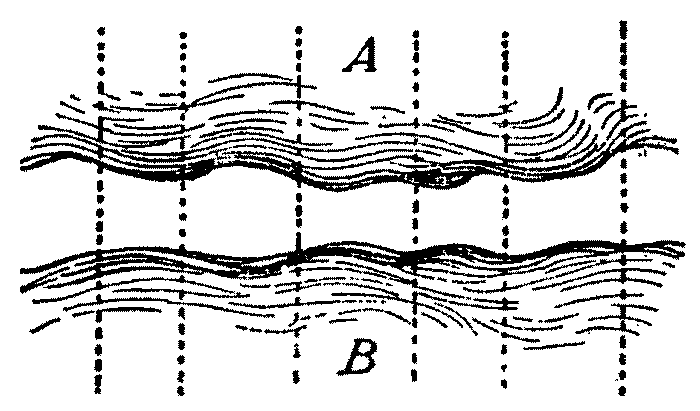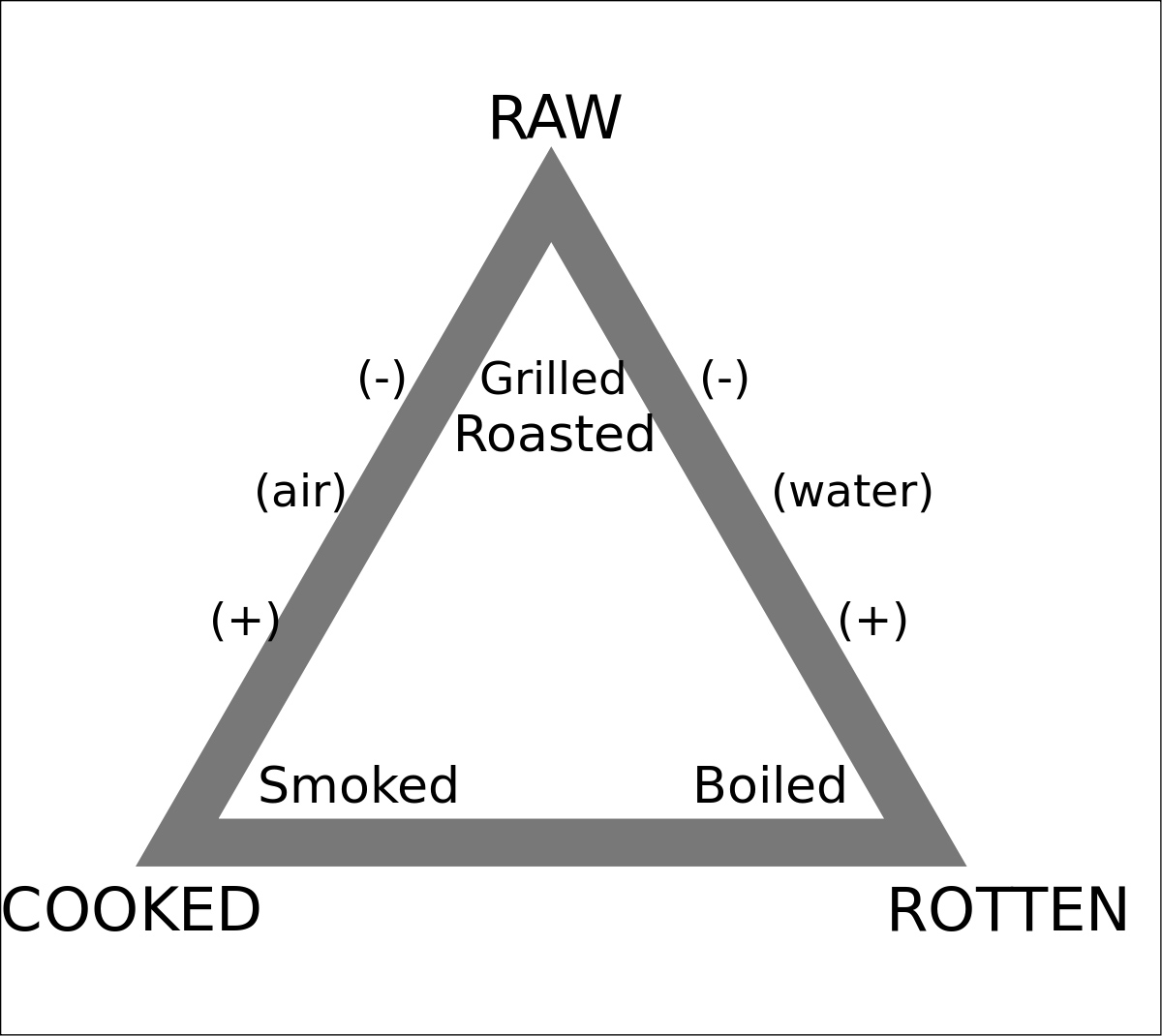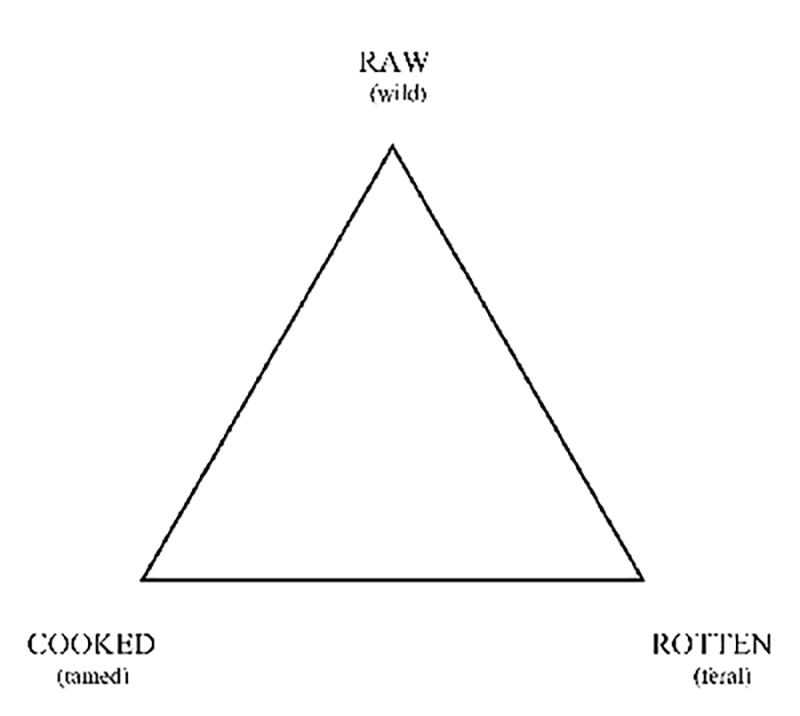I always wonder about the way research on interaction gets reported in the media only (or about always) when it is conducted by psychologists. Easy to chalk to “American individualism,” as institutionalized, and to its sub-forms like “culture of poverty,” or “child development.”
This time, my antennas were agitated by an interview in the University of Chicago glossy publication for alumni. It is titled “Little scientists” with the descriptive subtitle “Think of children as pint-sized psychologists, says parenting expert Erica Reischer, AM’96, PhD’00.”
Not too surprisingly, the editors of the magazine chose, to illustrate, a picture of a child, writing in a notebook. Many will notice that the child is a boy, white, with auburn hair, wearing a blue t-shirt. I notice that he is by himself. If there were a caption, it might be “the scientist at work”…
Irony aside, the underlying work is one I wish I could use when writing about family education. The story starts with a common place: obedience class for dogs is really about training humans. Having just been working on Jennifer Van Tiem’s chapter on horses and human (for our When is education), I know now how extensive the anthropological literature on animal/human interaction has become. But, of course, the editor quotes Reischer for saying something about “teaching us how to think like a dog … so that [the dog] would learn positive behaviors.”
Note the emphasis on thinking for the human, behavior for the dog, and a causal link between separate entities.
On to children, analogically.
“What we really need … is pay attention to our children’s behavior” (as if any human being could NOT pay attention) …. “[then] we can make choices about what we are going to do about [it]” (as if NEXT acts, in an improvised sequence, could ever be matters of choice under separate control).
Most interesting is the metaphor of the scientist (a conceit, really) Reischer proposes and the editor uses as title for the piece: “Kids are doing experiments because they have to figure out how the people in their lives work. I sometimes say, ‘Pretend your kids are wearing little white lab coats, and carrying little lab notebooks, and making notes all day long about what works and what doesn’t work with you’.” Now that could have developed into something Rancière or Garfinkel might have written as instructions to researchers (and parents): notice intelligence at work; notice the noticings and the improvisations on suggested themes given tools and affordances.
Except, of course, that the editor goes back to the atomistic, individualistic, narrative and the “secret sauce” [sic] to happy parenting: Learn how to manipulate your child like a trainer manipulates dogs.
Pavlov? Skinner?
I have not read Reischer’s book. So I am not sure how close the magazine story comes to what she wrote, what she “believes,” or what she could be shown to do when face to face with her own children if we had videotapes of the interaction. My experience with the editors of such magazines is that their priorities are not mine, and may not have been Reischer’s. Public relation editors must translate for their audience: alumni who are mostly not scholars, but may be imagined to be most comfortable with stories about human interaction written in terms of causation between separately acting (free) individuals.
And yet, one might go back and rewrite the story, the book, and maybe even the research (though there many not have been any in this case) to show how the child is indeed, a “scientist” with (ethno-)methods for figuring out what happened in collaboration with (and thus in struggle with) parents as consociates as, together, they improvise the family that will have been. One cannot be a scientist by oneself. And researchers who specialize in individuals will never understand humanity (or why psychology is hegemonic in America).
 Print This Post
Print This Post

 There, the wavy lines are an attempt to capture the mystery that language imperfectly reveals as it works at representing this mystery using the vagaries of human affordances (vocal box, faces and arms, etc. Not to mention a peculiar brain). If any of this was “designed” it was not by an efficiency expert. As Merleau-Ponty once said, and I paraphrase and expand, “meaning is in the silence between the words” ([1969] 1973: 43). Mystery is not empty. Stuff (good and bad) happens. Or, as another wise man put it:
There, the wavy lines are an attempt to capture the mystery that language imperfectly reveals as it works at representing this mystery using the vagaries of human affordances (vocal box, faces and arms, etc. Not to mention a peculiar brain). If any of this was “designed” it was not by an efficiency expert. As Merleau-Ponty once said, and I paraphrase and expand, “meaning is in the silence between the words” ([1969] 1973: 43). Mystery is not empty. Stuff (good and bad) happens. Or, as another wise man put it:

